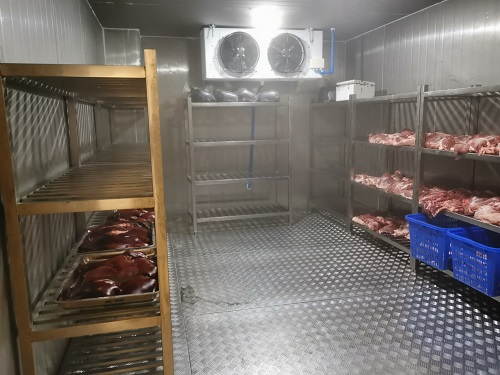Components Manufacturing for Cooling System Condensing Unit Production
Understanding Condensing Unit Parts and Their Importance in HVAC Systems
Condensing units play a pivotal role in the effective operation of heating, ventilation, and air conditioning (HVAC) systems. Designed to transfer heat from inside an environment to the outside, condensing units are essential for maintaining comfort levels in residential, commercial, and industrial applications. A condensing unit consists of several parts, each serving a critical function, and understanding these components can help in both their maintenance and overall system performance.
Key Components of a Condensing Unit
1. Compressor The heart of the condensing unit, the compressor is responsible for circulating refrigerant through the system. It compresses low-pressure gas from the evaporator into high-pressure gas, which is crucial for the heat exchange process. Compressors can vary in type, including reciprocating, scroll, and screw compressors, each offering different advantages in terms of efficiency and application.
2. Condenser Coil Once the refrigerant is compressed, it enters the condenser coil where it releases its heat to the outside air. This coil is often made of copper or aluminum tubes and is designed to maximize surface area, improving heat transfer efficiency. The condenser coil is a vital component, as its effectiveness directly impacts the overall efficiency of the HVAC system.
3. Expansion Device After the refrigerant has cooled and condensed in the condenser coil, it passes through an expansion device, which reduces the pressure of the refrigerant and allows it to expand. This process cools the refrigerant further before it enters the evaporator. Common types of expansion devices include expansion valves and capillary tubes, each suitable for different system designs.
4. Fan The fan in a condensing unit helps to circulate air over the condenser coil. By moving ambient air over the coil, the fan assists in removing the heat collected from the refrigerant. Without a functioning fan, the system would struggle to dissipate heat, leading to reduced efficiency and potential overheating.
condensing unit parts factory

5. Refrigerant While not a physical component of the condensing unit, the refrigerant is a crucial element in the cycle. It absorbs heat from the indoor environment and carries it to the outdoor unit. The type of refrigerant used can have significant implications for energy efficiency and environmental impact, making it important for manufacturers to select the appropriate kind for their systems.
Importance of Maintenance
To ensure the long-term efficiency and reliability of condensing units, regular maintenance is essential. This includes cleaning the condenser coils, checking refrigerant levels, inspecting electrical components, and ensuring proper airflow. Neglecting these aspects can lead to reduced performance, increased energy consumption, and potential system failures.
In addition to scheduled maintenance, advancements in technology have introduced sophisticated monitoring systems that can provide real-time data on the performance of condensing units. These systems can alert technicians to potential issues before they escalate, thereby enhancing operational efficiency and reducing downtime.
Conclusion
The condensing unit is a crucial component of HVAC systems, and understanding its parts is key to optimizing performance. Each part, from the compressor to the expansion device, plays a role in the efficient transfer of heat necessary for maintaining comfortable indoor environments. Investing in regular maintenance and staying informed about technological advancements can help ensure these systems operate efficiently and effectively for years to come. Whether for a home, office, or industrial setting, the proper functioning of a condensing unit is integral to overall HVAC performance.
















































































































